Syntax-Python
Python syntax refers to the set of rules that define how Python code is written and structured. Unlike many programming languages that use curly braces to denote code blocks, Python relies on indentation to indicate the scope of loops, functions, and conditionals. This unique approach enhances code readability and enforces a clean coding style. Understanding Python syntax is essential for writing effective programs, as it dictates how statements are formed and executed. By mastering these syntax rules, programmers can leverage Python’s simplicity and power to create efficient and maintainable code.
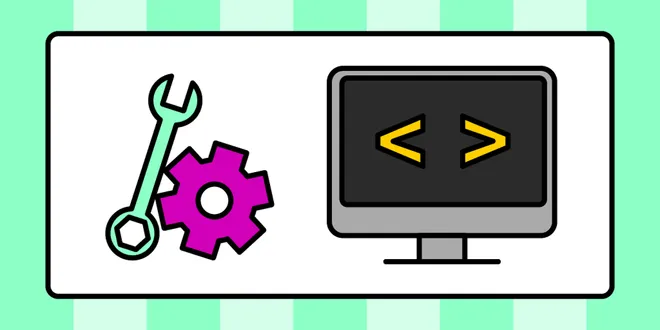
Python Syntax Simplified for Everyone
Introduction Hi again. I appreciate you coming here to read my article. So today we are going to start with the Basic Syntax of Python. I wanted to describe the main points of understanding Python sy...
📚 Read more at Python in Plain English🔎 Find similar documents
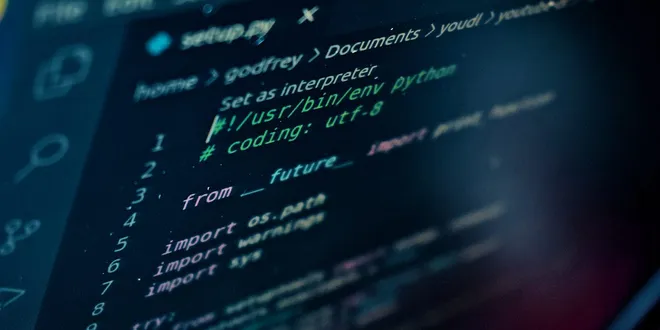
5 Obscure Python Syntaxes You Should Try
The Python programming language syntax is straightforward, clean and relatively easy to get started with. Although style guides like PEP 8 can be rather strict for what syntax is approved, leaving…
📚 Read more at Better Programming🔎 Find similar documents
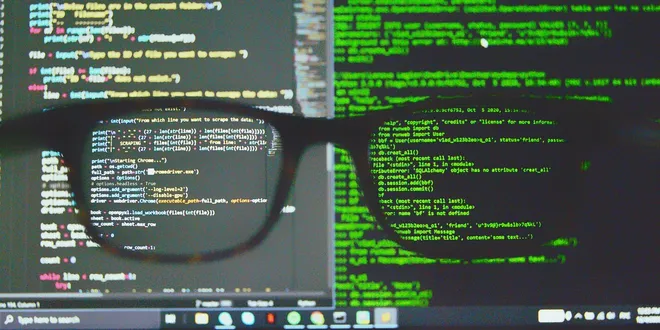
7 Concise Python Programming Syntax
As I glanced through different Python ways of coding , I discovered a few special programming features and idioms it has that make it more concise than other languages, e.g. Kotlin. note: This is in n...
📚 Read more at Python in Plain English🔎 Find similar documents

Peculiar Python Programming Syntax
If you know C++, Java, or Kotlin, picking up Python should be relatively easy. However, Python has some unique programming conventions that you might not encounter in those languages, and it’s unlikel...
📚 Read more at Python in Plain English🔎 Find similar documents
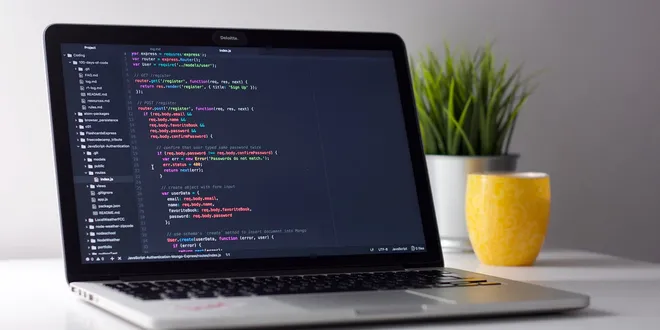
Python Basics
Part — 2 So this is the second part of our Python Journey, If you guys want to see my previous posts you can go through them by using this link. So let’s continue towards the second part, in which we...
📚 Read more at Python in Plain English🔎 Find similar documents

1.1 Python
What is Python? Python is an interpreted high level programming language. It is often classified as a “scripting language” and is considered similar to languages such as Perl, Tcl, or Ruby. The syntax...
📚 Read more at Practical Python Programming🔎 Find similar documents

Python Core Syntax and the Magic Behind Them!
Python Core Syntax and the Magic Behind It! Have you ever wondered how you can run operations like adding (+) two numbers or strings in Python and yet get reasonable results? In this article, we will...
📚 Read more at Better Programming🔎 Find similar documents
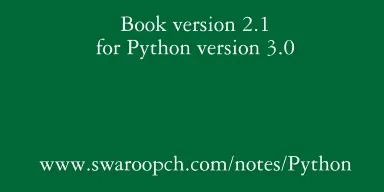
About Python
About Python Python is one of those rare languages which can claim to be both simple and powerful . You will find yourself pleasantly surprised to see how easy it is to concentrate on the solution to...
📚 Read more at A Byte of Python🔎 Find similar documents

Handy Python features
Lambda : In Python ‘lambda’ keyword is used to create anonymous functions. Lambda is a method used to compose a function in one line for one-time use. Syntax : lambda arguments: expression Lambda…
📚 Read more at Analytics Vidhya🔎 Find similar documents
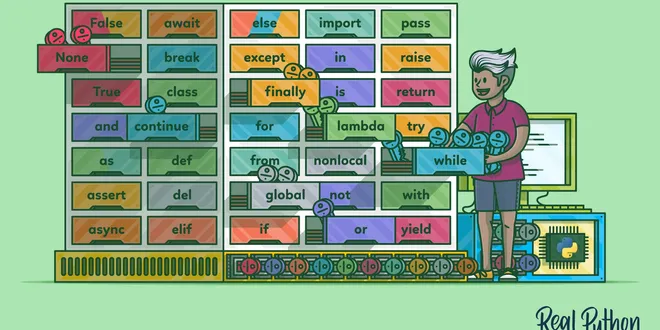
Python Keywords: An Introduction
Python keywords are the fundamental building blocks of any Python program. In this tutorial, you'll learn the basic syntax and usage of each of Python's thirty-five keywords and four soft keywords so ...
📚 Read more at Real Python🔎 Find similar documents

Getting started with python
What is Python? Python is a general-purpose programming language created by Guido Van Rossum. Python is most praised for its elegant syntax and rea…
📚 Read more at ThePythonGuru🔎 Find similar documents

Getting started with python
What is Python? Python is a general-purpose programming language created by Guido Van Rossum. Python is most praised for its elegant syntax and rea…
📚 Read more at ThePythonGuru🔎 Find similar documents

